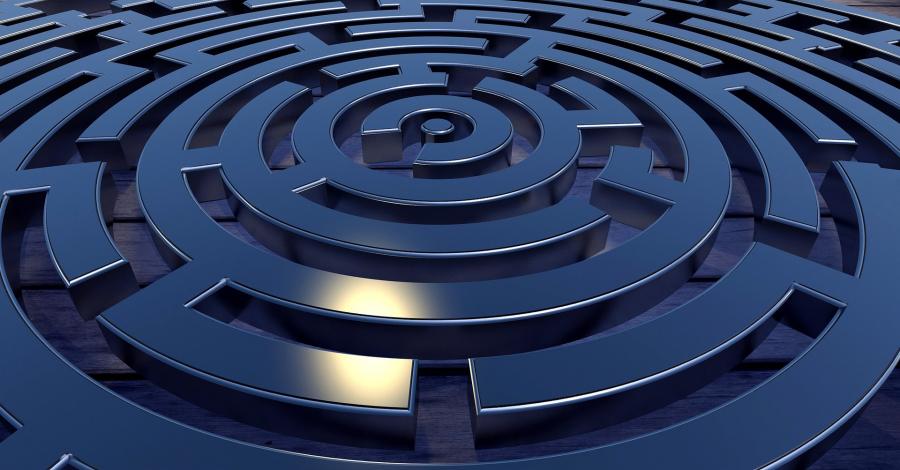Error 404

Ooops! We cannot find your page.
Our website has recently been revamped. The page you are looking for may have been moved or it no longer exists.
Use our search tool (at the top of the page) or check out the sitemap.
If you still cannot find what you are looking for, contact us!


